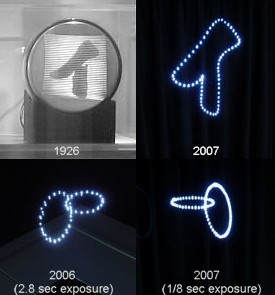 In 1926, Kenjiro Takayanagi, known as the "father of Japanese television," transmitted the image of a katakana character (?) to a TV receiver built with a cathode ray tube, signaling the birth of the world's first all-electronic television. Last week, in a symbolic gesture over 80 years later, researchers from Japan's National Institute of Advanced Industrial Science and Technology (AIST), Burton Inc. and Hamamatsu Photonics K.K. displayed the same katakana character using a 3D projector that generates moving images in mid-air.
In 1926, Kenjiro Takayanagi, known as the "father of Japanese television," transmitted the image of a katakana character (?) to a TV receiver built with a cathode ray tube, signaling the birth of the world's first all-electronic television. Last week, in a symbolic gesture over 80 years later, researchers from Japan's National Institute of Advanced Industrial Science and Technology (AIST), Burton Inc. and Hamamatsu Photonics K.K. displayed the same katakana character using a 3D projector that generates moving images in mid-air.
The 3D projector, which was first unveiled in February 2006 but has seen some recent improvements, uses focused laser beams to create flashpoint "pixels" in mid-air. The pixels are generated as the focused lasers heat the oxygen and nitrogen molecules floating in the air, causing them to spark in a phenomenon known as plasma emission. By rapidly moving these flashpoints in a controlled fashion, the projector creates a three-dimensional image that appears to float in empty space.
The projector's recent upgrades include an improved 3D scanning system that boosts laser accuracy, as well as a system of high-intensity solid-state femtosecond lasers recently developed by Hamamatsu Photonics. The new lasers, which unleash 100-billion-watt pulses (0.1-terawatt peak output) of light every 10-trillionths of a second (100 femtoseconds), improve image smoothness and boost the resolution to 1,000 pixels per second. In addition, image brightness and contrast can be controlled by regulating the number of pulses fired at each point in space.
The researchers say these improvements bring us one step closer to realizing the dream of 3DTV, but considering it took eight decades for Takayanagi's primitive 40-scan-line television to evolve into our present-day HDTV, we might have a while to wait.
[Source: AIST press release]

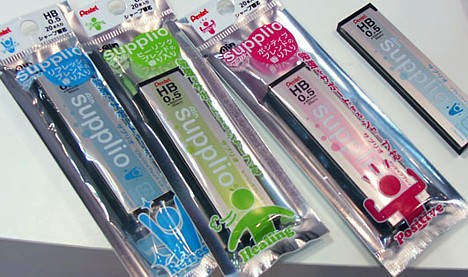
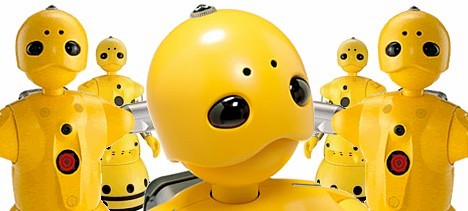
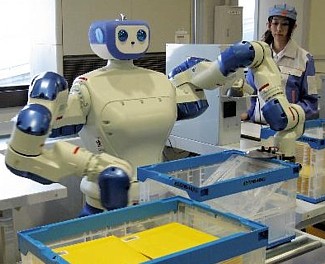 Industrial robot maker Yaskawa Electric has teamed up with megaconglomerate Mitsui & Co., Ltd. and packaging system manufacturer Hokusho Co., Ltd. to develop a parcel sorting system that employs agile robot workers capable of quickly classifying and separating small items such as mail packages and clothing. The system, now being demonstrated at one of Hokusho's factories, employs Yaskawa's Motoman-DIA10, which features a pair of smooth-moving, seven-axis robotic arms mounted on a human-sized torso.
Industrial robot maker Yaskawa Electric has teamed up with megaconglomerate Mitsui & Co., Ltd. and packaging system manufacturer Hokusho Co., Ltd. to develop a parcel sorting system that employs agile robot workers capable of quickly classifying and separating small items such as mail packages and clothing. The system, now being demonstrated at one of Hokusho's factories, employs Yaskawa's Motoman-DIA10, which features a pair of smooth-moving, seven-axis robotic arms mounted on a human-sized torso.  Researchers at Japan's Jikei University will soon be checking the mailbox for a cool package from Siberia -- the recently discovered frozen body of an ancient baby mammoth. The nearly complete body of the female calf, said to be one of the best-preserved specimens of frozen mammoth ever discovered, is estimated to have been less than one year old before it was preserved in ice about 10,000 years ago.
Researchers at Japan's Jikei University will soon be checking the mailbox for a cool package from Siberia -- the recently discovered frozen body of an ancient baby mammoth. The nearly complete body of the female calf, said to be one of the best-preserved specimens of frozen mammoth ever discovered, is estimated to have been less than one year old before it was preserved in ice about 10,000 years ago. 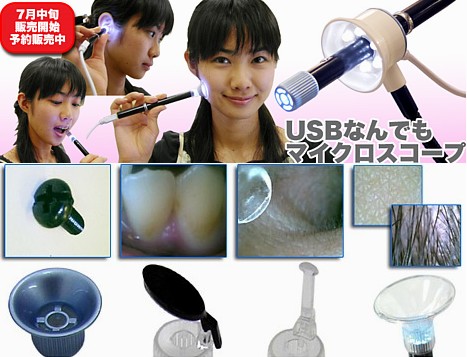
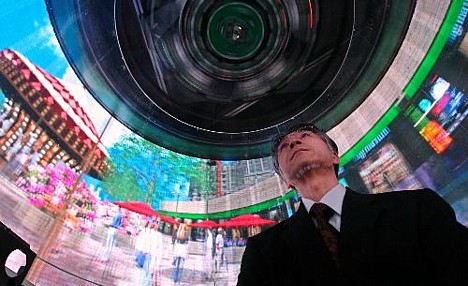
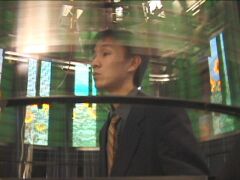 Inside the 1.2 meter (4 ft) tall, 2 meter (6.5 ft) wide cylindrical display are 50,000 LEDs arranged in columns. As the display rotates around the observer's head at a speed of 1.6 revolutions per second, these specially arranged LED columns show a slightly different image to each of the observer's eyes, thus creating the illusion of a 3D image. In other words, TWISTER tricks the eye by exploiting what is known as "binocular parallax" -- the apparent difference in position of an object as seen separately by the left eye and the right eye.
Inside the 1.2 meter (4 ft) tall, 2 meter (6.5 ft) wide cylindrical display are 50,000 LEDs arranged in columns. As the display rotates around the observer's head at a speed of 1.6 revolutions per second, these specially arranged LED columns show a slightly different image to each of the observer's eyes, thus creating the illusion of a 3D image. In other words, TWISTER tricks the eye by exploiting what is known as "binocular parallax" -- the apparent difference in position of an object as seen separately by the left eye and the right eye. 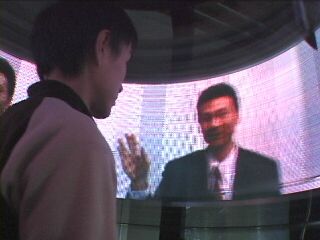 For now, TWISTER is capable of serving up pre-recorded 3D video from a computer, allowing viewers to experience things like virtual amusement park rides or close-up views of molecular models. However, the researchers are working to
For now, TWISTER is capable of serving up pre-recorded 3D video from a computer, allowing viewers to experience things like virtual amusement park rides or close-up views of molecular models. However, the researchers are working to 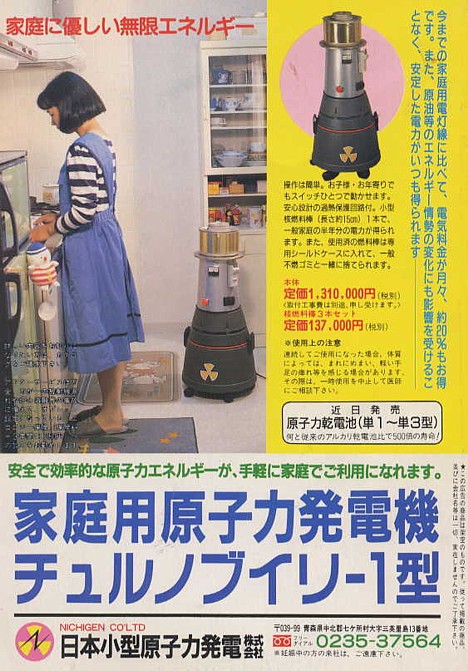
 On June 20, NTT Docomo and am/pm Japan announced plans to begin equipping convenience stores with cellphone recycling bins, making it easier for people to recycle their unwanted devices.
On June 20, NTT Docomo and am/pm Japan announced plans to begin equipping convenience stores with cellphone recycling bins, making it easier for people to recycle their unwanted devices.